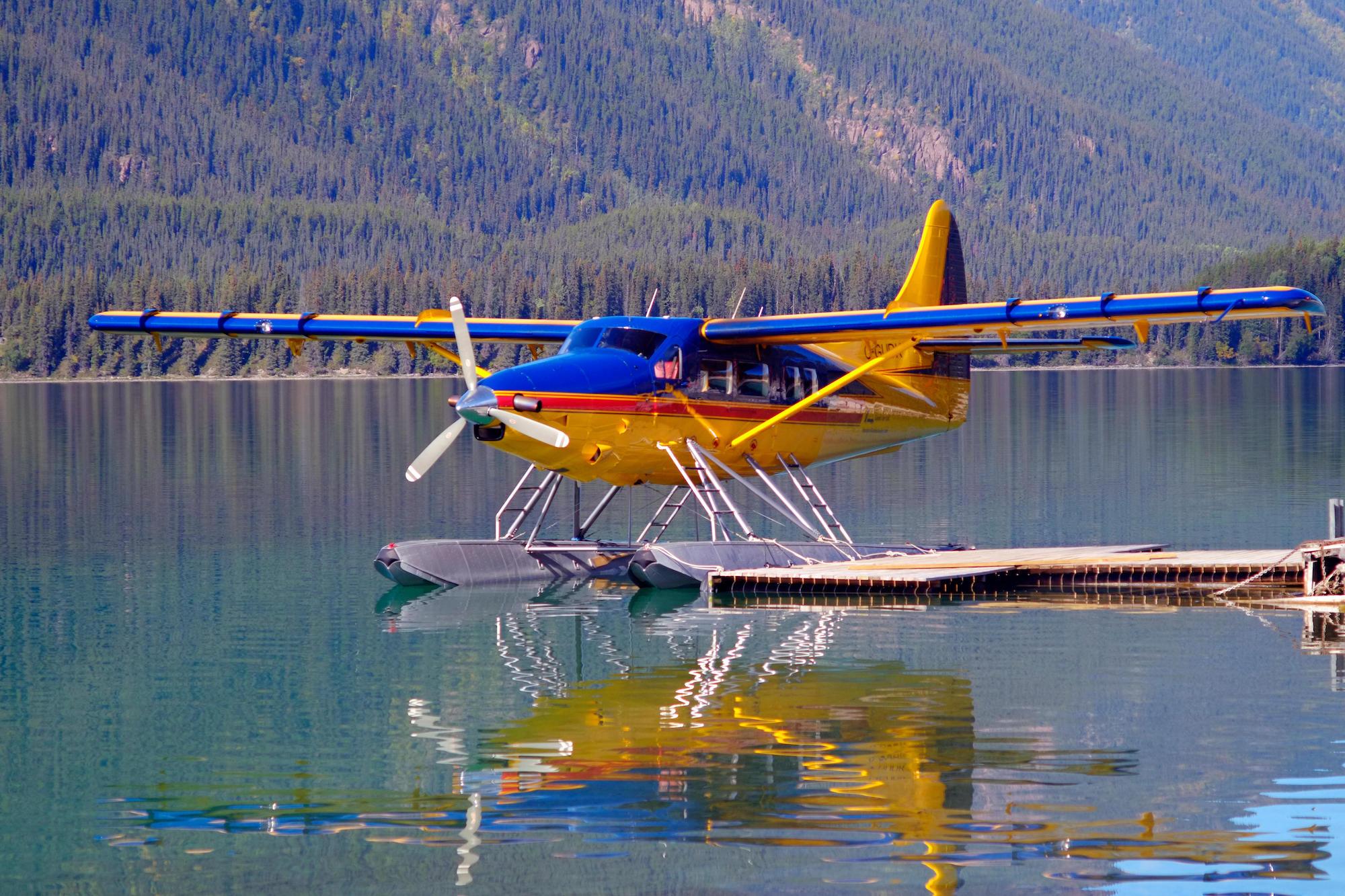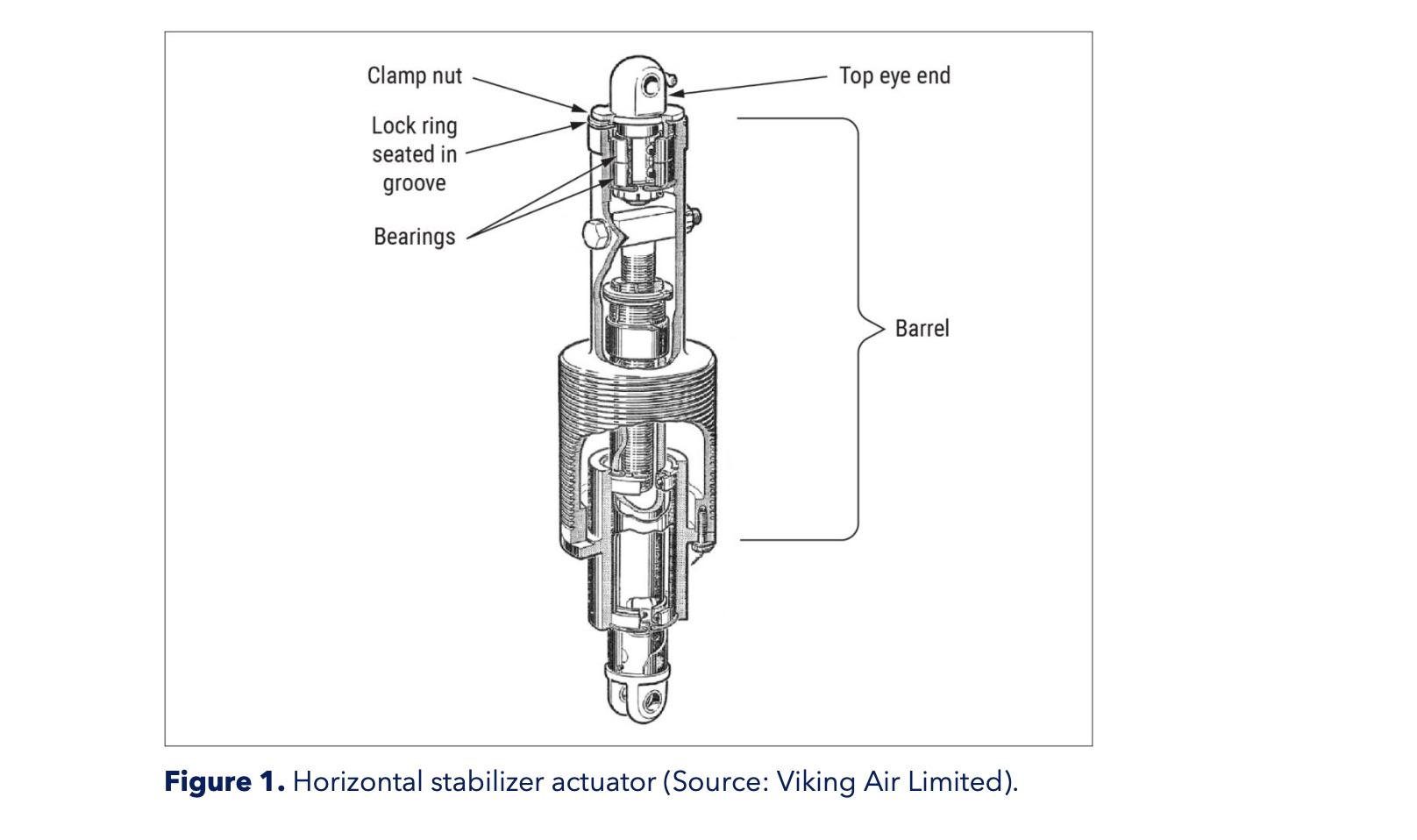
The NTSB on Oct. 27 called on the FAA and Transport Canada to require operators of DHC-3 seaplanes to immediately inspect a horizontal stabilizer component as part of its ongoing investigation of a September crash that killed 10 people.
In an Urgent Aviation Safety Recommendation, the board said DHC-3 operators should conduct one-time inspections of the aircraft’s horizontal stabilizer actuator lock ring in accordance with a service letter issued one day earlier by type certificate owner Viking Air Ltd., now a part of De Havilland Canada.

On Sept. 4, a single-engine DHC-3 Turbine Otter operated by Friday Harbor Seaplanes crashed in the Puget Sound off Whidbey Island, Washington, killing the pilot and nine passengers. The NTSB-led operation to recover the wreckage from the sea floor was completed on Sept. 30, with about 80% of the aircraft recovered.
“Immediate action needs to be taken to inspect the actuator of DHC-3 airplanes, of which 40% operate in the United States, to prevent a similar tragedy from happening,” NTSB Chair Jennifer Homendy said. “NTSB is issuing this urgent recommendation as a result of a significant finding made by NTSB investigators.”
The FAA in a statement said that it is contacting DHC-3 operators in the U.S. “to ensure they are acting on the aircraft manufacturer’s service letter. The FAA remains in close communication with Transport Canada, which certified the DHC-3.”
During its examination of the aircraft wreckage, the NTSB found that a clamp nut that attaches the top eye-end and bearing assembly of the horizontal stabilizer actuator to the actuator barrel had unscrewed from the barrel. A circular wire lock ring, designed to prevent the clamp nut from unscrewing, was not present.
The horizontal stabilizer actuator, a trim jack assembly, is part of the aircraft’s pitch trim control system. Using a pitch trim wheel in the cockpit, the pilot can extend or retract the length of the actuator through control cables, changing the incidence, or angle, of the stabilizer.
“If the actuator barrel and the clamp nut are not secured together and become separated, the actuator would not be able to control the position of the horizontal stabilizer, resulting in a reduction or loss of pitch control,” the NTSB said in the urgent safety recommendation.
“The actuator is the only means to hold the horizontal stabilizer in its position,” the board added in a footnote. “If the clamp nut becomes unscrewed from the barrel during flight, the horizontal stabilizer would be able to rotate uncontrollably (trailing edge up or down) about its hinge.”



